
Dust, soot, rubber particles, abrasive substances, ozone, nitrogen oxides, sulphur and carbon dioxide gases, benzol, and plant pollen in spring and summer, get inside the car through the vents together with air. Due to the enclosed space, the concentration of these substances in the passenger compartment can be many times greater than outside. Inhaling polluted air can strain the lungs and cause allergic reactions. The cabin (or pollen) filter is designed to solve this problem. Here are our tips for choosing a high-quality filter suitable for your car.
Why it is important to replace this part in due time
A pollen filter is a consumable part, so it should be replaced regularly. It is recommended to change it at least once a year or every 15,000 km. If you live in a large city and often get stuck in traffic jams or, conversely, if you drive on dusty country roads most of the time, you may need to replace it more often.
A dirty filter can reduce the efficiency of the air conditioning, heating and ventilation systems, as the resistance of the filter to the air flow increases due to accumulated dirt. The windows sweat heavily in rainy weather, and over the course of time, pathogenic bacteria and fungi start to grow on the filtering element surface.
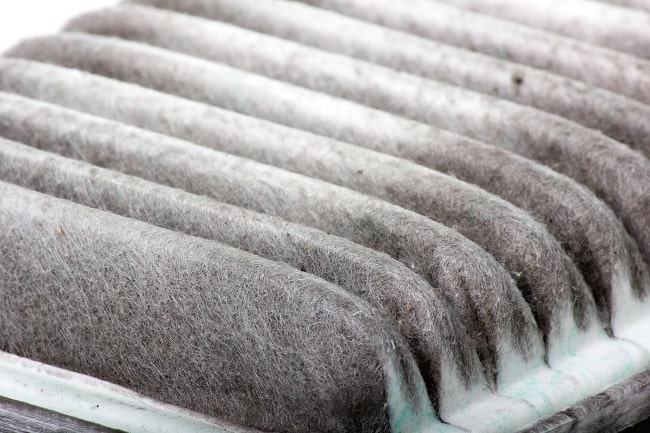
Sometimes the filtering element becomes deformed and the airflow bypasses it, letting all contaminants pass into the passenger compartment.
The different types of cabin filter
Nowadays, the following types are popular:- Conventional barrier filter. These trap dust. They are made of special paper or synthetic fibres. They generally consist of a few layers. Each one is designed for trapping particles of a certain size. It should be noted that using synthetic fibres as the filtering material is preferable because they are capable of ensuring efficient cleaning without offering resistance to the airflow. In high-quality filters, one of the layers may use an electrostatic charge which allows its fibres to catch even the smallest dust particles.
- With absorbing layers. Each of these layers has a textile base with activated carbon granules of up to 0.5 mm attached to it. The granules have a porous surface which absorbs molecules of toxic substances that enter the car in the air. Such filters are more expensive, but ensure finer cleaning. Moreover, they neutralize unpleasant odours.
- With an anti-bacterial layer. This layer is made of bactericide material, usually polyphenol. It binds and neutralizes bacteria and allergens and inhibits the growth of mould by several tens of times. These parts are the most expensive, as they guarantee maximum protection.
4 tips from AUTODOC on choosing and using cabin filters
- Opt for products from well-known manufacturers. We recommend Mann-Filter, Bosch, Mahle Original, Stark Automotive, Knecht, K&N, and Ridex. In low-quality items, less material is used for manufacturing the filtering layers, which results in poorer air cleaning. Shoddy products can even have a fake carbon filter which is actually just a conventional dust filter with one of its layers painted black.
- Check the condition of the pollen filter if you notice any of the following:
- an unpleasant odour inside the car;
- it’s cold in the car even when the heater is turned on or it’s hot when the air conditioning is on;
- dust is starting to accumulate on the dashboard.
- Choose the spare part in strict correspondence with your vehicle’s specifications. It is impossible to install components that are larger than needed. Parts smaller than the standard ones allow unfiltered air to get into the passenger compartment.
- When installing the filter, be sure to position it correctly. The airflow direction should be marked on the side of the part, which is especially important for carbon and antiallergic filters.
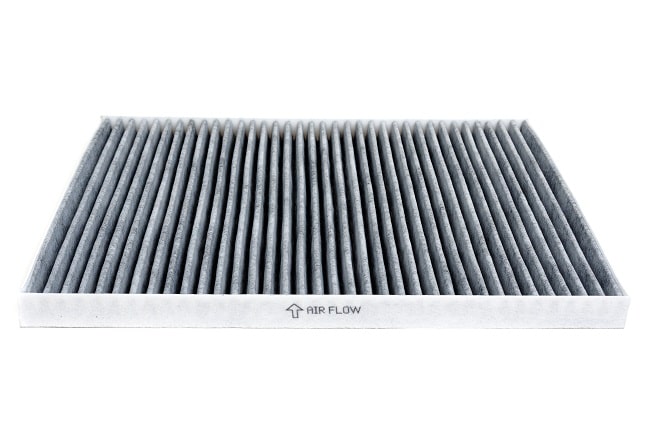
Conclusion
The pollen filter doesn’t directly affect the operation of the core car systems and assemblies such as the engine or transmission. For this reason, some car owners don’t bother replacing it in due time. This can be dangerous to your health. High-quality components are capable of trapping up to 99% of dust and allergens. That is why you should not scrimp on this part. By following our simple tips, you will ensure a comfortable and safe in-car environment for a long time.


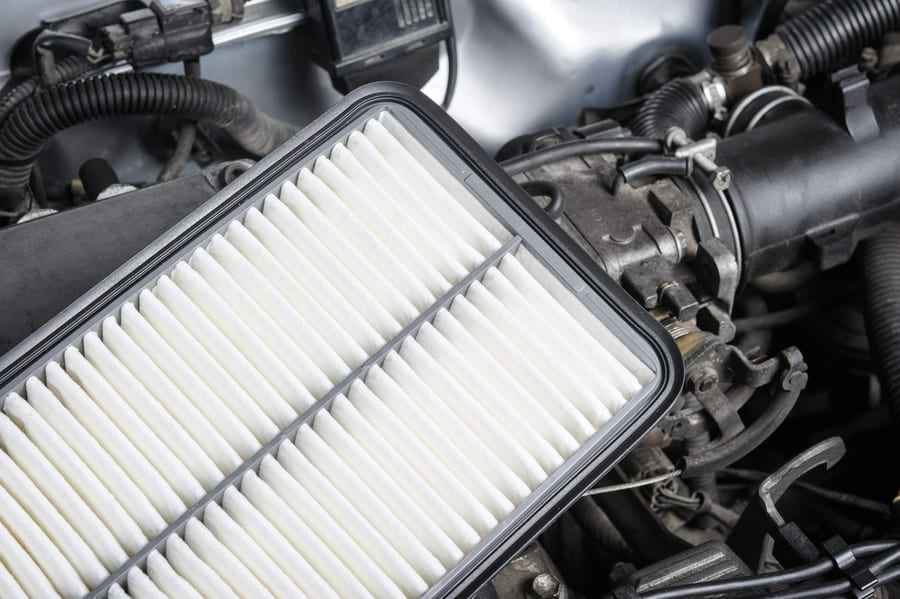
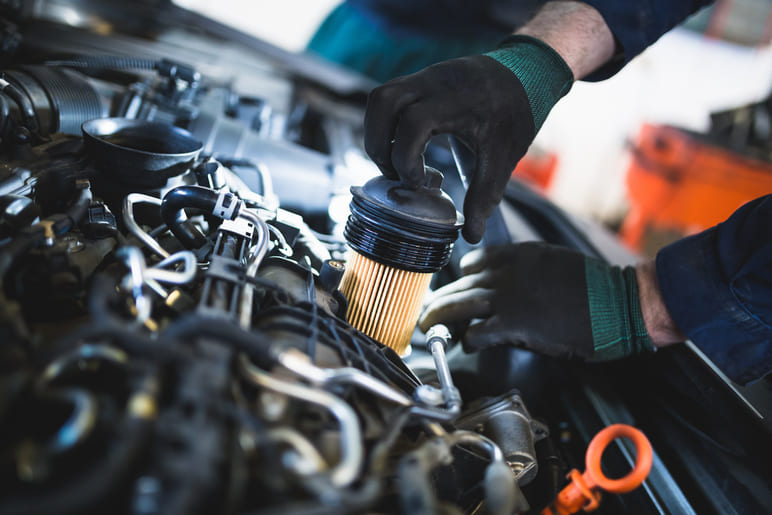
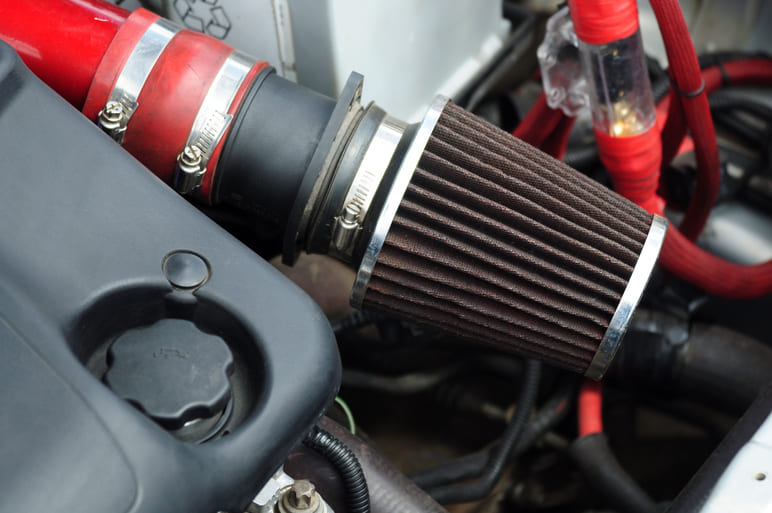

Comment